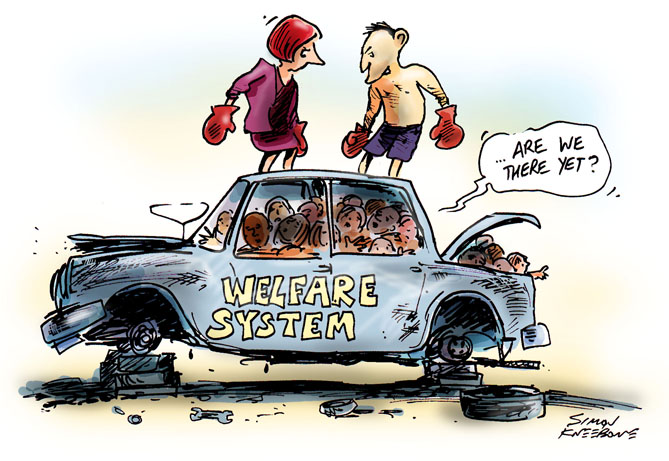Week 10 – Credible Sources

Teaching Strategies About Source CredibilityTeachHUB
This week’s topic focussed on an extremely important part of academic writing – the credibility of sources. When writing your work it is vital to ensure that you are using the right sources for your topic and that they are authoritative and credible within that field. Critical evaluation of your sources to ensure their authority and credibility involves the consideration of their authority, currency (validity – not monetary), and their purpose.
Some questions to consider for each of these include the following:
Authority
- Has the source’s writing undergone peer-review, that is, has it been reviewed by a board of colleagues who are within the same field as the author.
- Who published the source, was it a government organisation, professional society, self-published, university press or a reputable publisher and consider the purpose of the source’s writing.
- Where does the source’s information come from, is it researched and valid or does it lack evidence and vague, have they provided references or cited their work and have they been critically evaluated.
- Who is the author, are they experienced on this topic or have they been cited in other work?
- Is the author’s work based on primary sources and raw material or secondary based on primary sources?
Currency
- When was the source published, is it current or out of date for your topic (materials in some areas become out of date quickly)?
Purpose
- What does the author intend in their work, is it opinionated, propaganda or fact; do they provide an objective or impartial point of view and do they use biased language or is it free of emotion-rousing words.
- How is the publication organised, is it presented clearly and contain the main ideas and easy to read, does the author repeat themselves.
These are very important points to consider when you write and provide cited and referenced work to ensure that you do not throw away marks and your reputation for lack of critical evaluation of your sources, therefore, give yourself extra time to ensure that you are able to conduct this evaluation when doing assessments.







